We had introduced Agile during the previous article, To Jump-start your progress, how to hit the ground running? Now we need to see how to entangle Agile principles within the maintenance practices. There is a series of articles where we correlated Maintenance and Project Management
- What Maintenance can learn from projects; may be proper closing?
- How to think of maintenance tasks execution as mini projects?
- Monitoring and controlling maintenance from project perspectives
- Maintenance, is it a project or a recurring job?
Now PMI, the guardian of Project Management Body of Knowledge and best practices is adopting the Agile principles as a core foundation of the projects. This comes in two folds. The Software projects needs Project Management and Projects can utilize the flexibility of the Agile principles to serve projects in general. Now as a maintenance team we need to be up to date with the terms in our environment. Agility continue to be mainstream together with Artificial Intelligence and Digital skills. So, we need to be knowledgeable about our core maintenance skills together with Agile principles, Artificial Intelligence best practices, Project Management tools and Digital skills.

CUSTOMPRICE-TO2JAN26
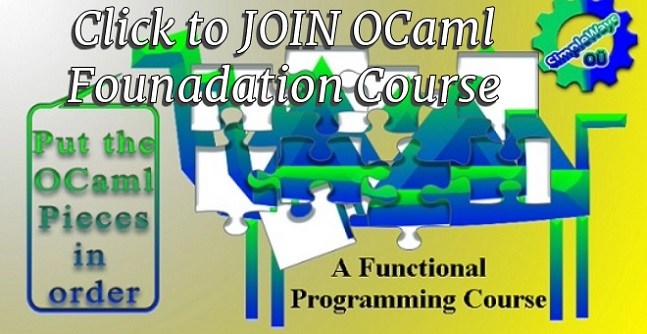
CUSTOMPRICE-TO2JAN26
Can we implement the Agile Principles directly?
Agile Manifesto has 12 principles originally generated by a team of software developments to guide them and their fellow developers. Then it was adopted by the software developing communities. After that when software and hardware became inseparable, it was wise to make the team responsible for developing the hardware part and the other one responsible for developing the software part speak the same language.
However when we come to the implementation we can find that those 12 principles of the Agile Manifesto are general titles. We can interpret them freely to suit our working condition. But, not everyone is happy with such freedom. Some of us would listen to a new concept in maintenance or any other aspect of life and immediately turn it into a workable steps that can be beneficiary for him. Other, let’s say the majority of us, prefers to have detailed steps that walk them through those guidelines. Moreover, some of the management styles prefer detailed solid procedures that the team follow rigidly rather than a combination of guidelines and team experience.
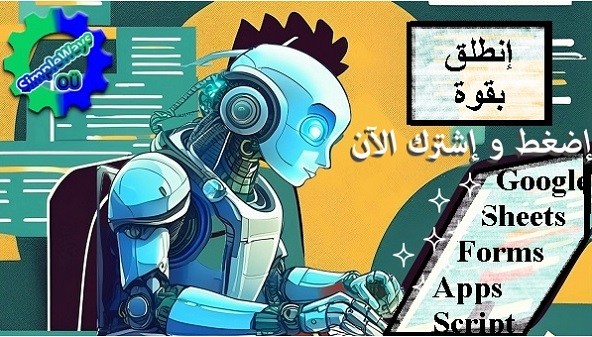
CUSTOMPRICE-TO2JAN26
That’s why many Agile framework and tools came to life to guide us in a step by step way through implementing the Agile principles. An Example of this can be “Disciplined Agile”. “Disciplined Agile” framework guides the interactions between the teams at different levels and disciplines of the organization.
Agile Principles that correlate with Maintenance
One of the fundamental and core principles is: “Our highest priority is to satisfy the customer through early and continuous delivery of valuable software.”
In order to correlate it to maintenance. we need to bisect it into pieces. By the way, those ae the guidelines not the framework. So, if those guidelines are that successful in guiding software development and PMI -Project Management Institute- is incorporating them, then it is wise to adopt them in maintenance also. Here are the parts that we can associate it with maintenance:
- Highest priority. This means that we prioritize our directives and chose where we want to focus
- Satisfy the customer: This might seem a little loose in the sense of what if the customer is not easy to satisfy. But actually it starts from knowing who are our customers in maintenance. It is not only production, production team, equipment or product and product quality. We talk about this in depth in our maintenance training that you can find it on Udemy platform using the below links and discount code:
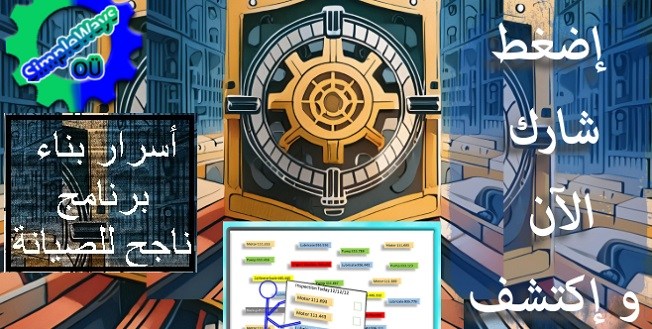
CUSTOMPRICE-TO2JAN26
Then satisfaction is simply achieved by being reliable as a team and targeting making the equipment reliable. In other words, we focus on making the equipment or software perform in the level the users want them to. We need to educate our selves in maintenance and our friends in operation and quality about how is the equipment designed and what is its designed performance. Compromising these performance measures in a way that effects quality, quantity or safety of operation won’t be satisfactory.
Early, continuous and valuable delivery in Maintenance
So that’s sounds enthusiastic but how to make maintenance early, continuous and delivering value?
Well, if you remember we have maintenance strategy, and tactics. The maintenance strategy include the goals from the vision and mission i.e. your north star (s) and plans and tactics to achieve them. Vision and mission are those of the maintenance as derived from the organizations vision and mission. How? you can find this in our trainings. Also, a simplified version of it in the below video from our YouTube channel: Simple Ways 4 maintenance @simpleways4maintenance
The strategy is applied through tactics to achieve the goals. One of the best maintenance tactics is the Predictive maintenance. In the predictive maintenance we come early based on the data that we collect from field. Anciently, maintenance is before failure based on a fixed schedule. Now we continuously monitor the equipment to efficiently maintain it. Efficiently means not too early that we over spend our resources. But, also not too late that we repair it when it fail to satisfy the user i.e. our customer.
Early delivery also caries the sense of being ready early. That’s when we prepare our maintenance tasks and the needed parts and tools early enough to prevent ambiguity from the coming maintenance stoppages.
Value Delivery
Value Delivery is simply an overarching guidance that let us focus on the value the maintenance tasks adds to the organization. So we are not doing maintenance to satisfy the maintenance system and auditors. We do maintenance to add a value to the organization. The highest value maintenance can add is maintaining the value invested in the equipment without over spending. Maintaining the assets value here is in the sense of providing the needed effort to maintain a satisfactory performance now and forever. So we don’t exhaust the asset so that it deteriorates earlier than its life time. Usually maintenance claims that production exhausts the assets by running it at higher speeds or for longer times without maintenance.

CUSTOMPRICE-TO2JAN26
However, we both share the responsibility of allowing this to happen. As maintenance we have to stand for the healthiness of the equipment. But at the same time we need to maintain the limiting functionality of the protective devices. Those protective devices guards the equipment from being exposed to longer operation times, higher temperatures or pressures or overspeed. Like this we can maintain the asset providing value for the organization now and for at least its life time. On the other hand, maintenance might get engaged in upgrading and improvement projects where the organization wants to increase productivity. As usual, this is requested with minimum or at least with a viable cost. That’s also an adding value opportunity.
In conclusion,
Maintenance tasks easily fits in the Agile first principle by replacing software with maintenance. So now it would be: Our highest priority is to satisfy the customer through early and continuous delivery of valuable Maintenance. Now this definition perfectly describes the world class maintenance. After understanding the maintenance customers, we can see that reliable assets satisfies all the maintenance process stakeholders. And maintaining reliable assets, i.e. assets that are safely producing the quantity and quality required, is the core of the maintenance process. Early and continuous delivery are parts of maintenance proactive and predictive tasks and effective planning. While valuable maintenance stems from the maintenance that add value to the organization. This can be easily achieved via RCM analysis (Reliability Centered Maintenance) and value added analysis.
If you feel you need help with any of these ideas we discussed, request a Management Consultancy or Coaching Services From our Store

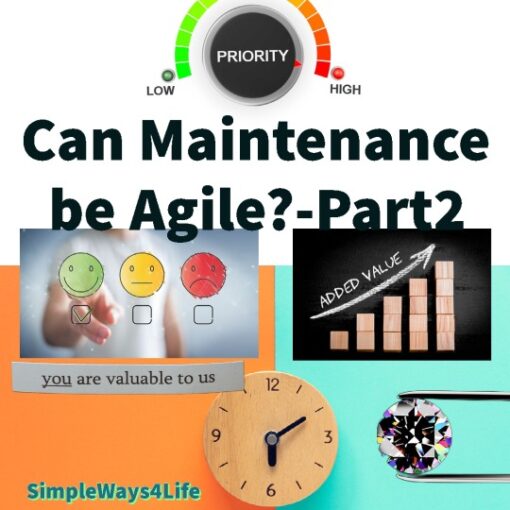

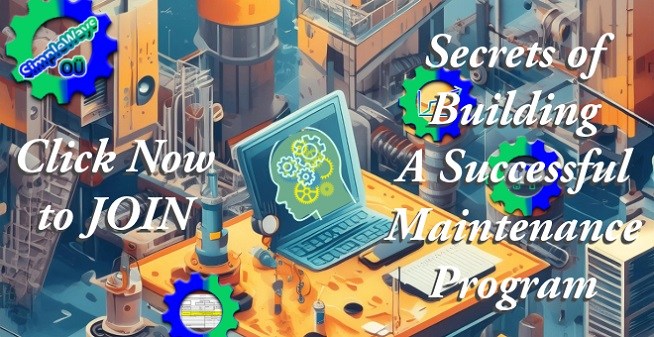

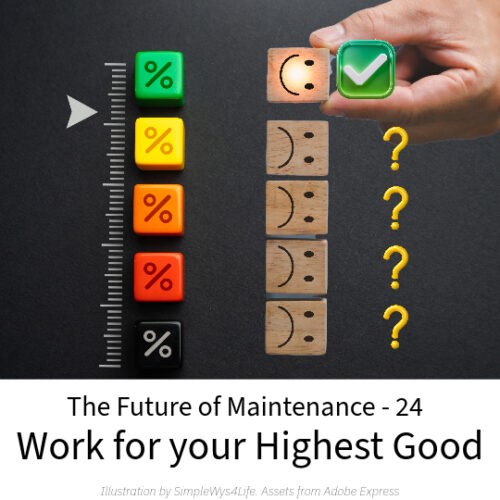
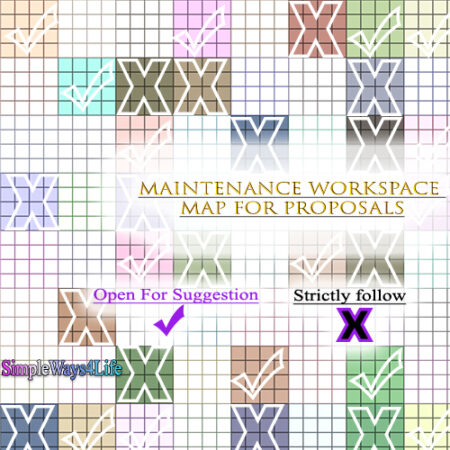
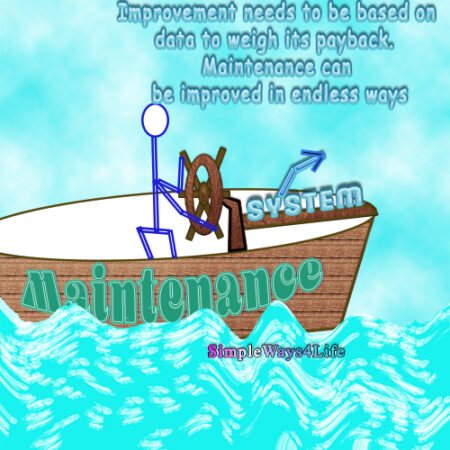
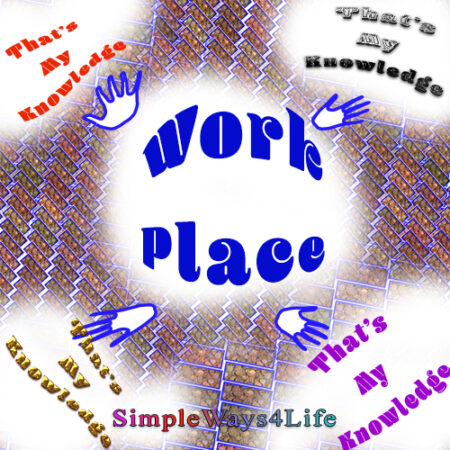
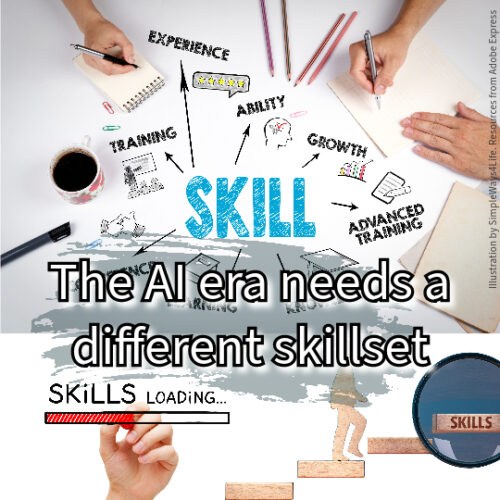
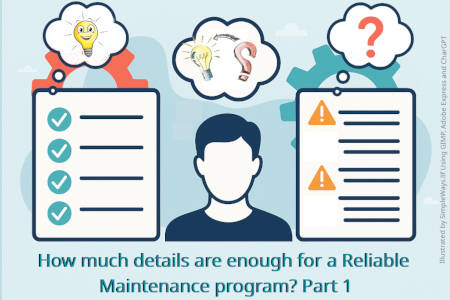
3 Comments